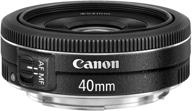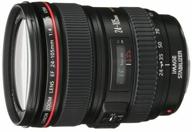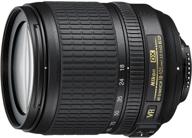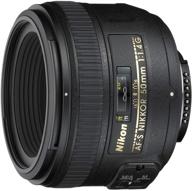
Review on Tamron 70 200Mm Digital Cameras A001NII by Patrick Matin

Solid lens for portrait photography; Not suitable for fast moving subjects
I've been using this lens for over a year and thought I'd take some time to add a few comments here for those considering to buy it. First of all I would say that considering the price this is a great deal that allows many photographers to get an F/2.8 lens that is not usually priced at market prices. because there are limits to what it will do. If you read the comments and reviews you will see a pattern. Many people comment on the fact that focusing is either "slow" or often "blurry". If I use this lens a lot, I can answer this without reservations: the lens isn't particularly slow to focus, but it does tend to focus and refocus on fast-moving subjects. People who say this lens focuses "laser fast" are in a way right. The lens focuses very quickly, which is great when you have a stationary subject. However, when subjects are moving (e.g. children playing, talking or rapidly moving their heads), the lens continuously selects different focus points. As a result, some images are very sharp while others are slightly blurry. This is partly because if you buy an F/2.8 lens you can shoot at F/2.8, which means a very shallow depth of field. This is often the case because people understandably want to "blur” the background. But to put it a little further, the depth of field at 70mm at f/2.8 with an object 12 feet away from you is about 1.5 feet. At 200mm (full zoom) the depth of field is only about two inches. That means a sharp, pin-sharp focus range of just two inches when zoomed out to 200mm (or 1 1/2 feet at its widest point). So if you're shooting kids playing with the lens at f/2.8 and the lens captures one of the subject's noses in one frame and then one of their hands in the other, their faces may be in focus in one frame and only theirs in the other hands sharp. Or what is more common is that in one picture one of the person's faces is in focus and the other is not. On the other hand, if you were shooting at f/22, you would have a depth of field of 15.8ft at 70mm and 1.5ft at 200mm (still at 12ft, which is a number I randomly picked for the calculation) . This means you have a deeper focus range and are less likely to miss frames when the lens gains a focus point. I've experimented a lot with this lens and now I usually use it for portraits of still subjects. When I'm shooting moving subjects, I make sure I'm not shooting at F/2.8 or anything close by to get a much greater depth of field (or sharper range of focus) so the camera is more likely to be in frame. the whole goal is in focus. I shoot a lot of sporting events and wouldn't use this lens for this purpose as I like a shallower depth of field but the chance of missing frames is just too high. I have attached a couple of shots taken with this lens. as examples of what he can do. I added a picture of myself taken at f/2.8 and obviously I wasn't moving but you can see how sharp it is. The image of the sheep was captured in the middle of the aperture range to ensure I got them sharp (and as you can see it works fine). Note that the sheep's image has been edited to enhance their fur, but if you look closely you can see blades of grass in the air,
- Minimum focus 095m/3740"
- Poor manual
New products
Comments (0)
Top products in 👓 Lenses

Canon EF 40mm f/2.8 STM Lens - Fixed Black (6310B002) for US Cameras

76 Review

Canon EOS SLR Camera Lens EF 24-105mm f/4 L IS USM

124 Review

New Nikon 18-105mm Vibration Reduction 📷 Zoom Lens with Auto Focus for Nikon DSLRs

104 Review

📷 Nikon AF-S NIKKOR 50mm f/1.4G Lens with Auto Focus: Perfect for Nikon DSLR Cameras

76 Review






